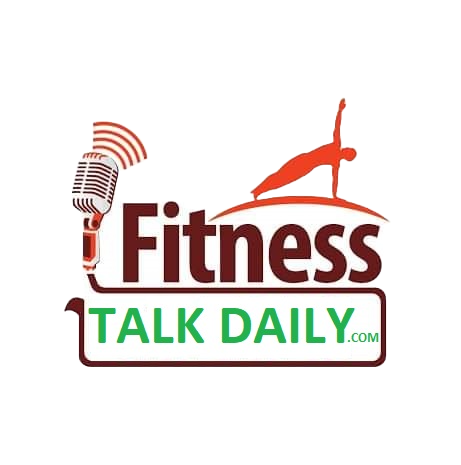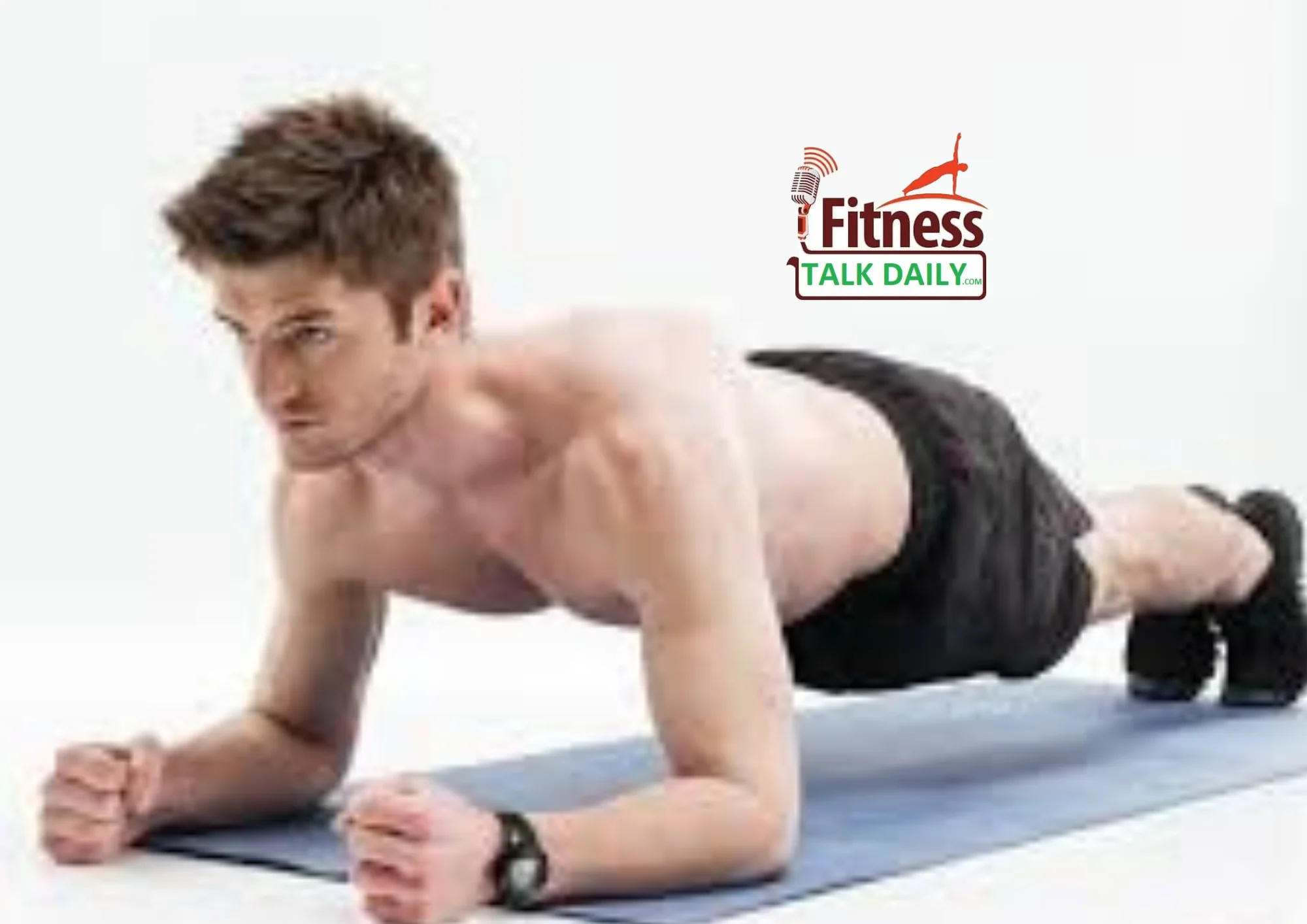If you’re looking for an effective and simple way to improve your core strength, posture, and overall fitness, planks should be a part of your daily routine. The benefits of doing planks every day are numerous, and incorporating this exercise into your fitness regime can lead to significant improvements in your health and physique. Whether you’re a fitness newbie or an experienced athlete, planks are a great way to build strength and improve endurance.
In this article, we will discuss the numerous benefits of doing planks daily and provide you with a guide on how to perform them correctly for maximum results.
What is a Plank?
A plank is a bodyweight exercise that engages multiple muscle groups, primarily targeting your core. It involves holding a position similar to a push-up, with your body straight, supported only by your forearms and toes. Planks challenge the entire body, especially the core, and are an excellent way to build stability and strength.
The Key Benefits of Doing Planks Every Day
Doing planks regularly can have a profound impact on your health. Here are some of the top benefits of incorporating planks into your daily fitness routine:
1. Builds Core Strength
Planks are one of the most effective exercises for strengthening your core. Your core includes not only your abdominal muscles but also your lower back, hips, and pelvis. A strong core is essential for stability, balance, and overall fitness. By holding a plank position daily, you engage all these muscles, which in turn helps develop a strong, stable core.
How it Helps:
- Strengthens the rectus abdominis, obliques, and transverse abdominis.
- Improves balance and posture.
- Reduces the risk of back pain.
2. Improves Posture
A strong core is directly linked to good posture. By doing planks every day, you’re working to keep your spine aligned and your muscles engaged, which contributes to better posture. Proper posture reduces strain on your muscles and joints, preventing discomfort and pain, especially in the back and neck.
How it Helps:
- Strengthens back muscles and stabilizes the spine.
- Improves overall body alignment.
- Prevents slouching and misalignment.
3. Increases Flexibility
While planks are primarily a strengthening exercise, they also improve flexibility, particularly in your posterior muscle groups. When you hold a plank, you stretch your shoulders, chest, and back. This stretch helps to improve flexibility and mobility, making it easier to perform other exercises and daily activities.
How it Helps:
- Stretches muscles in the back, shoulders, and chest.
- Enhances flexibility in the spine and legs.
- Promotes better movement and range of motion.
4. Enhances Balance and Stability
Planking requires you to balance your body in a static position. This challenges your stabilizing muscles, improving both balance and stability. By practicing planks daily, you will develop better coordination and control over your movements, which translates into enhanced performance in other exercises and physical activities.
How it Helps:
- Engages stabilizer muscles for improved balance.
- Increases coordination and control.
- Helps prevent injuries from falls and poor balance.
5. Boosts Mental Toughness
Holding a plank position can be mentally challenging, especially as your muscles start to fatigue. However, planking every day can help build mental resilience. The longer you hold a plank, the more you’ll develop the ability to push through discomfort, which can also help in other areas of your life, such as overcoming challenges and stress.
How it Helps:
- Builds mental focus and determination.
- Increases endurance and patience.
- Helps improve mental toughness in other activities.
6. Aids in Weight Loss
While planks are not primarily a cardiovascular exercise, they do help burn calories. Holding a plank engages multiple muscle groups, including the abs, legs, and arms, which burns fat and contributes to weight loss. Additionally, planking regularly boosts your metabolism, which can help accelerate fat loss when combined with a healthy diet.
How it Helps:
- Boosts calorie burn and metabolism.
- Engages multiple muscle groups for greater fat loss.
- Supports a leaner physique over time.
7. Low-Impact Full-Body Workout
Unlike many other exercises, planks are low-impact, meaning they put minimal stress on your joints. This makes them ideal for people with joint issues or those looking for an effective exercise without the risk of injury. Despite being low-impact, planks are still highly effective at building strength and endurance.
How it Helps:
- Provides a full-body workout without high-impact stress.
- Reduces the risk of injury.
- Suitable for all fitness levels.
How to Do a Plank Correctly: Step-by-Step Guide
To reap the full benefits of planks, it’s important to perform them correctly. Here’s a simple guide on how to do a plank with the right form:
-
Start in a Push-Up Position
Begin by positioning your body on the floor in a push-up position. Your hands should be directly under your shoulders, with your legs extended straight behind you and your toes resting on the ground. -
Engage Your Core
Tighten your core muscles by pulling your belly button toward your spine. This will help maintain a straight line from your head to your heels. Ensure that your back is not arched or sagging. -
Align Your Body
Your body should form a straight line from your head to your heels. Avoid raising your hips too high or letting them drop. Keep your neck neutral and gaze at the floor. -
Hold the Position
Maintain this position for as long as you can while keeping your body stable and your core engaged. Start with 20-30 seconds and gradually increase the time as your strength improves. -
Breathing
Keep breathing steadily throughout the exercise. Avoid holding your breath, as this can increase tension in your body and reduce the effectiveness of the exercise.
Table: Plank Variations and Benefits
| Plank Variation | Benefit |
|---|---|
| Forearm Plank | Targets core stability, lower back, and shoulders. |
| Side Plank | Strengthens obliques and improves balance. |
| Plank with Leg Lift | Adds a challenge, engages glutes and hamstrings. |
| Plank to Push-Up | Adds upper body strength, especially in arms and chest. |
| Knee Plank | Great for beginners, focuses on core engagement. |
Why You Should Start Doing Planks Every Day
The benefits of doing planks every day are vast, from improving core strength and posture to aiding in weight loss and building mental toughness. With proper form and consistency, planks can be a game-changer for your fitness routine.
Remember, the key to getting the most out of planks is consistency and correct technique. If you’re new to planking, start with short intervals and gradually increase the time as your endurance improves. Whether you’re looking to strengthen your core, improve your balance, or challenge your mind, planks are a simple yet effective exercise to incorporate into your daily workout.




